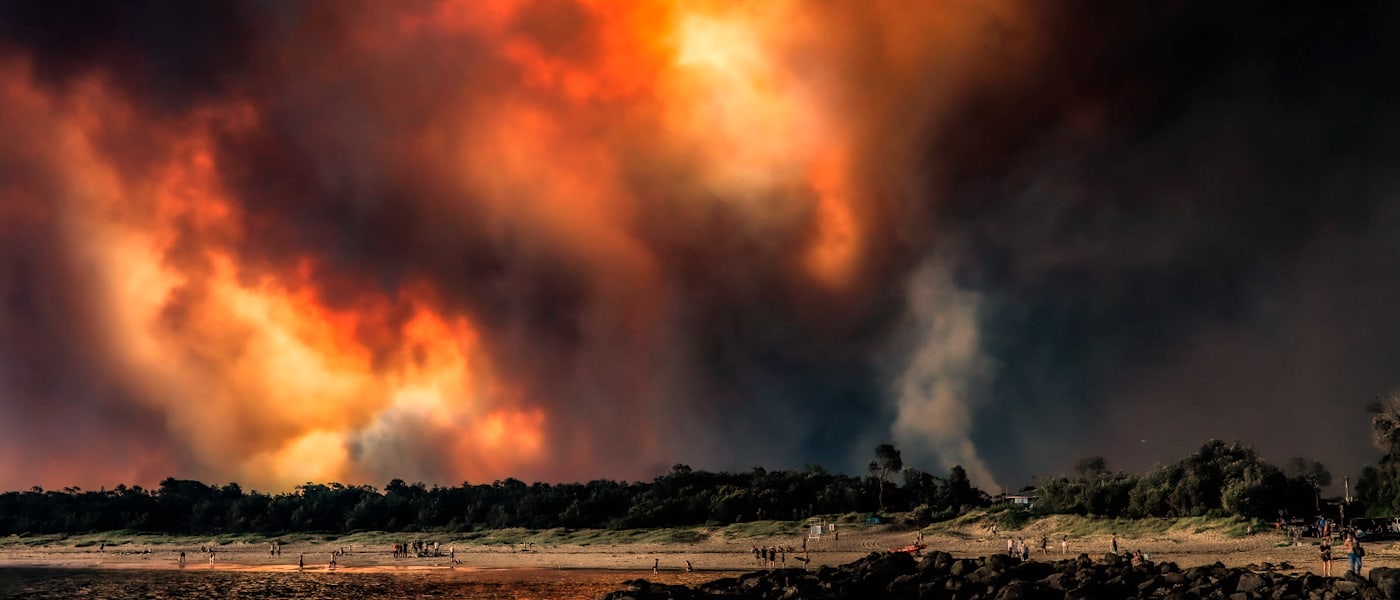Untangling the Relevance of a Detailed BAL Report for Your Residential or commercial property
Untangling the Relevance of a Detailed BAL Report for Your Residential or commercial property
Blog Article
Navigating Bush Fire Security Rules With BAL Record
Central to this endeavor is the Bushfire Attack Level (BAL) record, an important file that examines the prospective direct exposure of a property to bushfire. By delving into the intricacies of BAL analyses and their implications for developing conformity, stakeholders can proactively manage bush fire threats and protect properties versus prospective dangers.
Understanding Bush Fire Security Regulations
To successfully browse the intricacies of bush fire defense laws, it is necessary to have a clear understanding of the controling guidelines and requirements in position. Shrub fire defense guidelines are important for guarding residential or commercial properties and lives in areas vulnerable to bushfires. These policies develop the criteria and protocols that residential property owners should comply with in order to alleviate the risks connected with bushfires.

Value of BAL Analyses
Recognizing the relevance of BAL evaluations is essential in ensuring conformity with bush fire protection laws and successfully minimizing the dangers associated with bushfires. BAL evaluations, which figure out the Bushfire Assault Degree of a property, are critical for developing proper bush fire defense actions tailored to the particular risk account of the website. By evaluating aspects such as plants kind, distance to potential fire dangers, and incline of the land, BAL analyses supply important insights into the level of risk a home encounters during a bushfire occasion.
Implications for Building Compliance
Navigating through building conformity demands in conformity with BAL analyses is necessary for making sure frameworks are adequately strengthened against the risks posed by bushfires. Building compliance describes adhering to the criteria and laws stated to enhance the safety and resilience of structures in bushfire-prone locations. The ramifications of building conformity in relation to BAL evaluations are considerable. Frameworks that fall short to fulfill the required compliance standards go to a greater risk of enduring damage or devastation throughout a bushfire event. This not only threatens the passengers but likewise poses a threat to the surrounding setting.
Ensuring building conformity includes cautious planning, building and construction, and upkeep to reduce the potential impact of bushfires. It needs a detailed understanding of the BAL rating designated to the building and implementing the appropriate procedures to improve its fire security capabilities.
Managing Shrub Fire Threats Properly
Provided the essential relevance of structure conformity in fortifying structures versus bushfire risks, effectively managing these dangers needs a thorough technique that focuses on positive mitigation methods. To begin, carrying out thorough risk assessments is paramount. Recognizing the specific susceptabilities of a residential property in regard to bushfires enables for tailored danger reduction plans. This involves analyzing factors such as the residential property's location, bordering plant life, topography, and prevailing climate condition. Executing ideal greenery administration methods is one more crucial element of reliable risk management. Clearing up combustible plants, creating defensible rooms, and ensuring correct upkeep can dramatically decrease the threat of fire infecting the residential or commercial property. Moreover, spending in fire-resistant structure materials and building strategies can boost the structure's capacity to stand up to cinder strikes and straight flame get in touch with. Furthermore, creating and practicing an emergency situation reaction strategy is essential for making certain that citizens know exactly how to respond quickly and safely in the event of a bushfire. By combining these proactive actions, homeowner can properly handle bushfire risks and boost the safety and security of their residents and structures.
Practical Tips for Homeowners and Developers
Successfully managing bushfire threats as a house owner or developer requires implementing practical mitigation approaches customized to the residential property's particular vulnerabilities and surroundings. One vital tip is to preserve a well-kept defensible room around structures, commonly a minimum of 30 meters in high-risk areas. This area must be clear of combustible plants, particles, and other combustible materials that might potentially fuel a fire. Furthermore, choosing fire-resistant building materials can dramatically improve the residential or commercial property's ability to endure coal attacks and direct flame get in touch see this here with. Ensuring that walls, home windows, and roofing systems are built or upgraded to meet relevant bushfire protection requirements is necessary.
Furthermore, creating an emergency plan and practicing emptying drills with household renters, employees, or members can conserve lives in case of a bushfire. Staying informed regarding regional fire threat rankings, weather, and emergency notifies is also essential for making prompt choices to safeguard life and residential or commercial property. Last but not least, involving with regional fire authorities, community groups, and specialists experienced in bushfire administration can supply valuable advice and support in creating extensive bushfire defense methods.
Conclusion
In conclusion, browsing bush fire defense guidelines with a BAL report is crucial for making certain structure conformity and handling bush fire threats successfully. Understanding the relevance of BAL evaluations and complying with practical pointers can aid property owners and programmers mitigate the influence of bush fires. By sticking to these policies and taking needed preventative measures, people Read More Here can create much safer settings on their own and their areas.
Trick elements of bush fire protection policies consist of the Bushfire Assault Level (BAL) analysis, which identifies the degree of danger a home encounters from bushfires. BAL assessments, which figure out the Bushfire Attack Level of a home, are crucial for designing suitable bush fire defense procedures customized to the specific danger account of the website. By examining factors such as plants kind, range to possible fire dangers, and incline of the land, BAL assessments offer beneficial understandings right into the level of risk a property encounters throughout a bushfire event.

In conclusion, browsing bush fire security guidelines with a BAL report is critical for making certain building conformity and taking care of bush fire risks efficiently.
Report this page